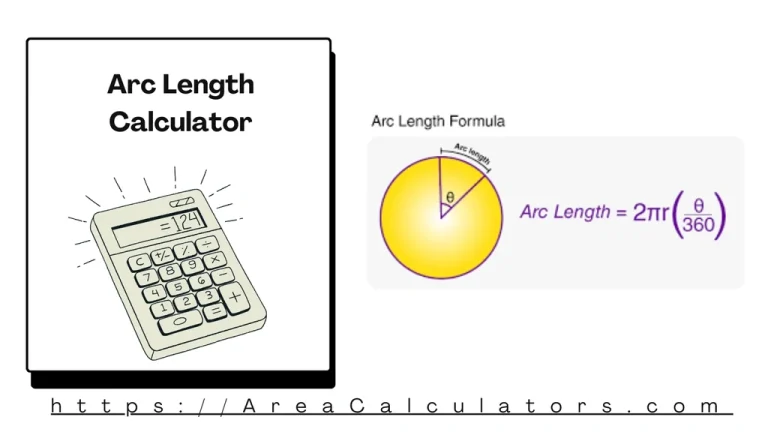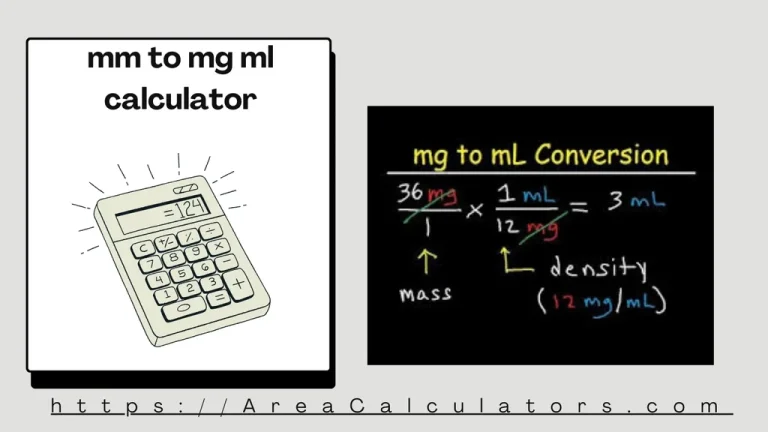Rev Per Mile Calculator
To calculate revolutions per mile (RevPM), divide the number of inches in a mile (63,360) by the product of the tire diameter and π (pi).
To calculate revolutions per mile (RevPM), divide the number of inches in a mile (63,360) by the product of the tire diameter and π (pi).
The Rev Per Mile Calculator is an essential tool for vehicle owners and fleet managers. It determines the number of tire revolutions required to travel a mile, which directly affects speedometer accuracy, fuel efficiency, and overall performance.
RevPM = 63,360 / (D × π)
| Variable | Description |
|---|---|
| RevPM | Revolutions per mile |
| D | Tire diameter (in inches) |
| π | Pi constant (~3.1416) |
Example 1: Tire Diameter 30 Inches
| Step | Value |
|---|---|
| Tire Diameter (D) | 30 inches |
| Revolutions Per Mile (RevPM) | 63,360 ÷ (30 × π) ≈ 670.2 RevPM |
Example 2: Tire Diameter 33 Inches
| Step | Value |
|---|---|
| Tire Diameter (D) | 33 inches |
| Revolutions Per Mile (RevPM) | 63,360 ÷ (33 × π) ≈ 610.7 RevPM |
The Rev Per Mile Calculator is a helpful tool designed to calculate the number of tire revolutions per mile, based on the tire size or other relevant parameters.
This calculator is commonly used in automotive settings to assess vehicle performance, fuel efficiency, and odometer accuracy.
For instance, if you have a specific tire size like 11R22.5, the calculator can determine its revolutions per mile using the tire’s diameter.
It is particularly beneficial for truckers, fleet operators, and car enthusiasts who need precise tire measurements to maintain vehicle efficiency.
To end it, the Rev Per Mile Calculator ensures accurate and reliable calculations for tire revolutions, supporting better vehicle performance and fuel economy. It’s an essential tool for maintaining optimal tire functionality.
To calculate the Silt Density Index (SDI), measure the initial time (tit_i) and the final time (tft_f) for water to pass through a filter, then use the formula. The SDI helps assess water quality by indicating the potential for fouling in reverse osmosis systems. The SDI Calculator is an essential tool for determining the silt…

Divide the length minus the width of the deck by the total number of gaps (posts + 1) to calculate the even spacing between deck posts. The Deck Post Spacing Calculator helps you determine the optimal distance between deck posts, ensuring structural integrity and compliance with building codes. Formula: DPS = (L − W) /…

Multiply the radius of the circle by the central angle (in radians) to calculate the arc length. The Arc Length Calculator is a practical tool for determining the length of an arc in a circle. Whether solving geometry problems, planning curved constructions, or dealing with circular measurements, calculating arc length accurately is essential. Formula L…

Multiply the millimolar concentration (m) by the molecular weight (MW) and divide by the volume (V). The Mm To Mg/Ml Calculator simplifies the conversion between millimolar (m) concentrations and milligrams per milliliter (mg/mL). This conversion is essential in scientific fields like biochemistry, pharmacology, and laboratory research where precise measurements of solution concentrations are crucial. It…
Muzzle energy is calculated using the formula for kinetic energy, factoring in the mass of the projectile and its velocity. The Muzzle Energy Calculator is a vital tool for firearm enthusiasts, hunters, and ballistics experts to determine the energy exerted by a bullet at the point of firing. Muzzle energy, measured in foot-pounds (ft-lbs) or…
To calculate the drop rate in drops per minute (gtt/min), multiply the flow rate in mL/hr by the drop factor, then divide by 60. The Ml/Hr to Gtt/Min Calculator is a reliable and efficient tool for converting milliliters per hour (mL/hr) into drops per minute (gtt/min). It simplifies IV fluid management by ensuring accurate drip…